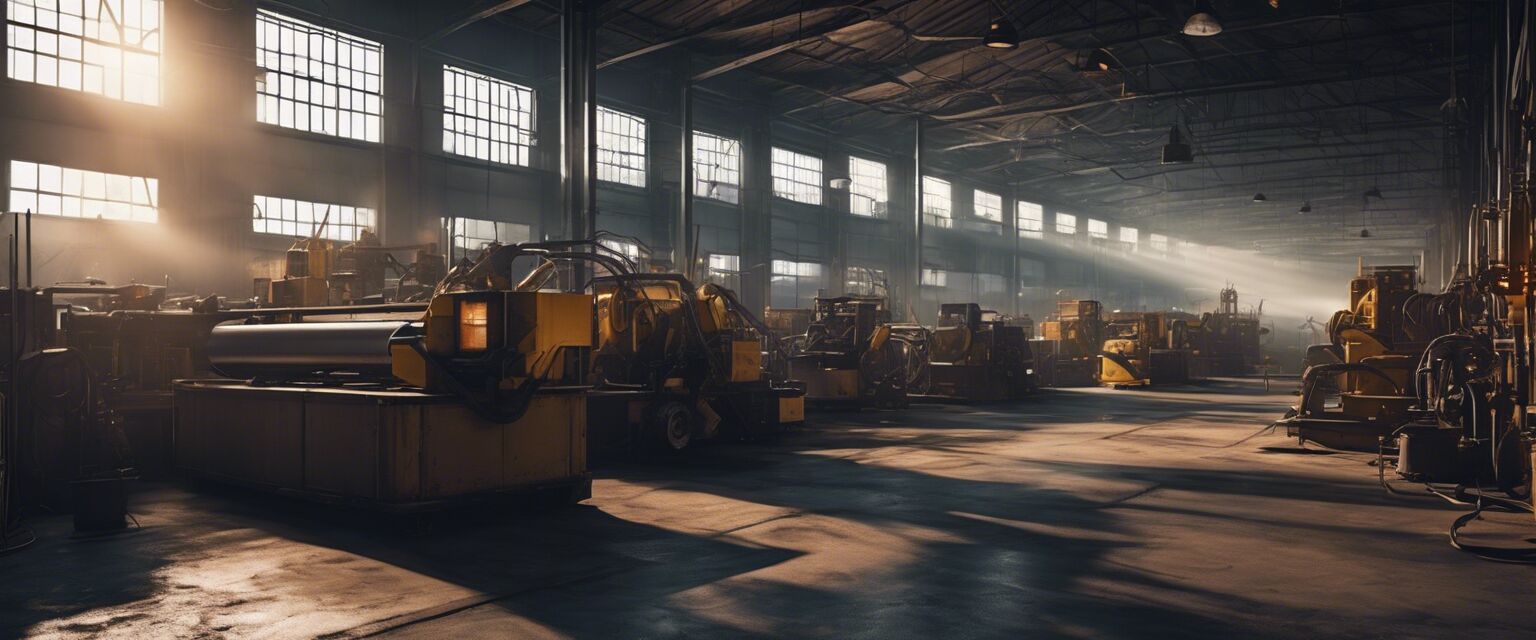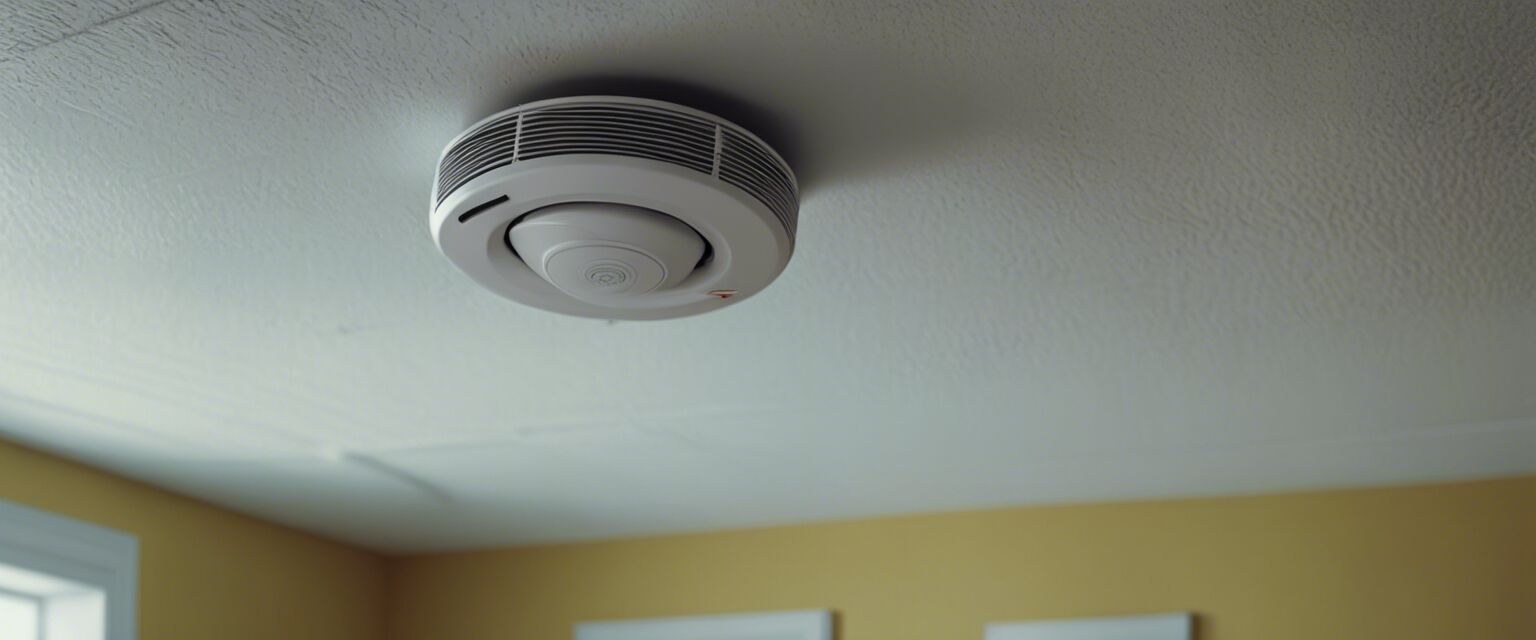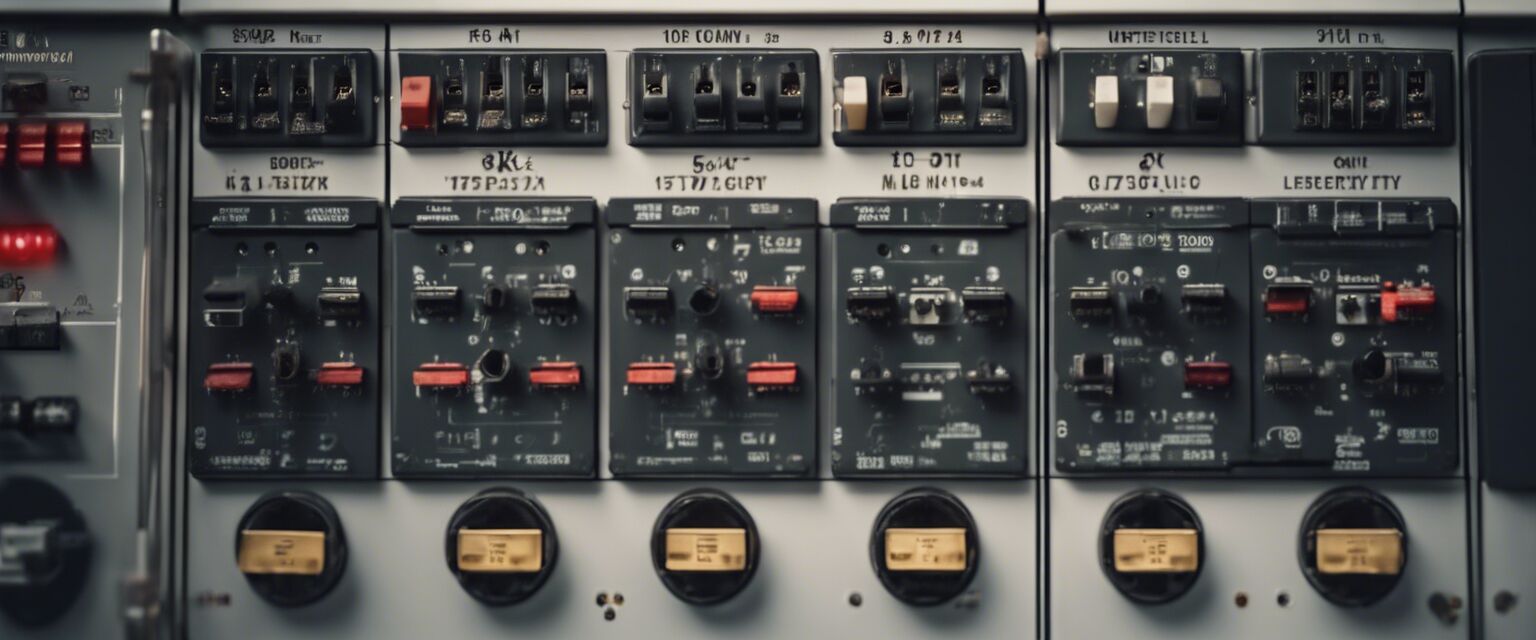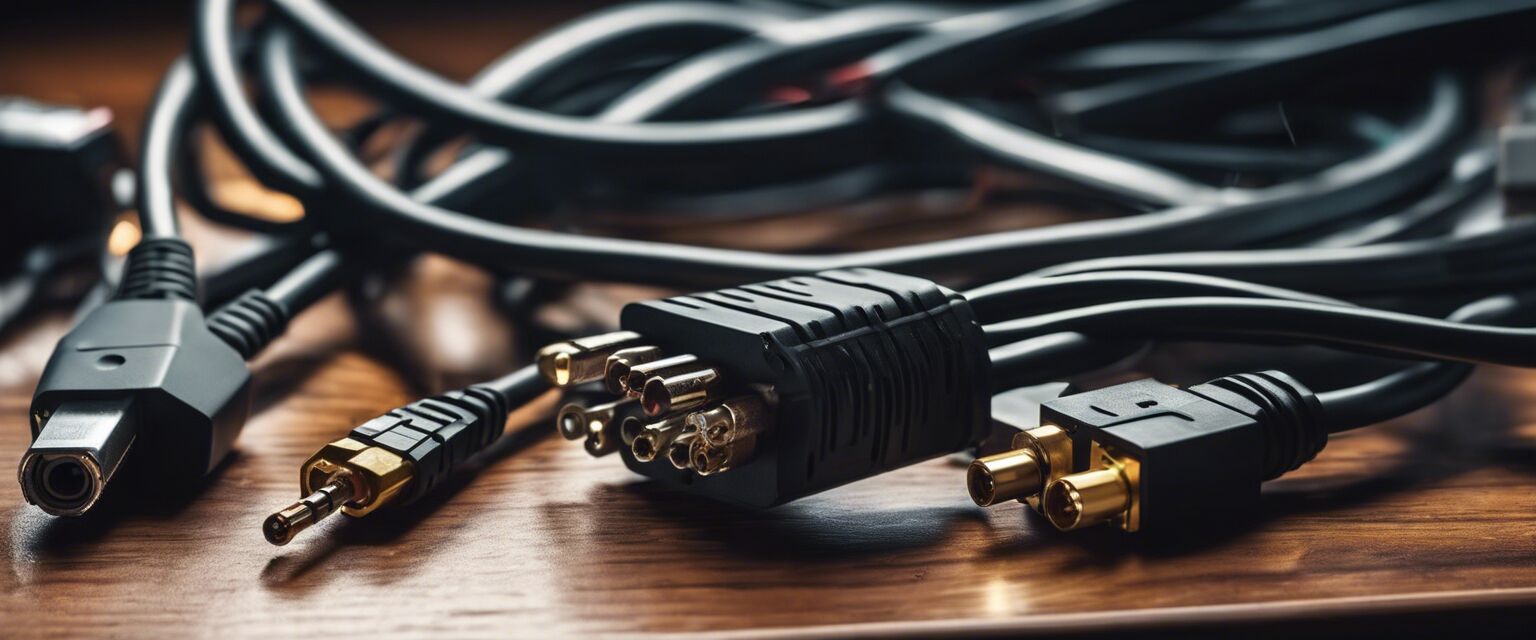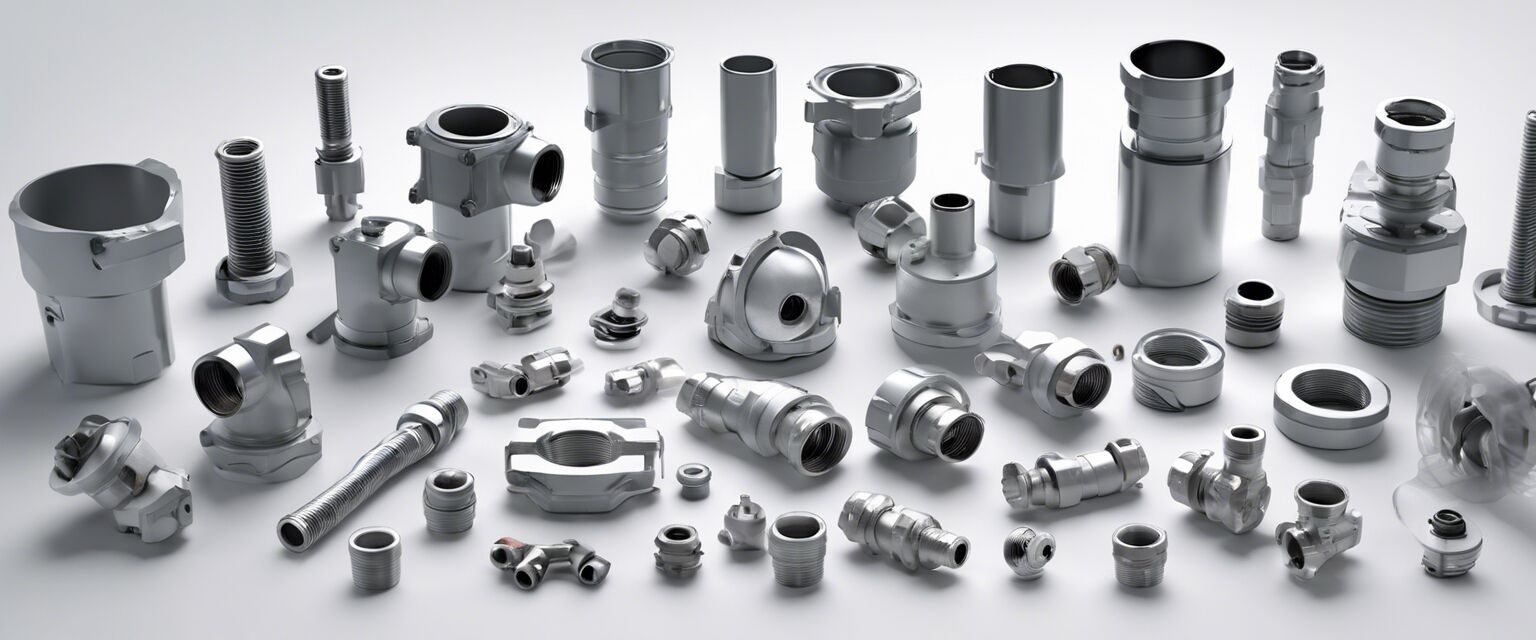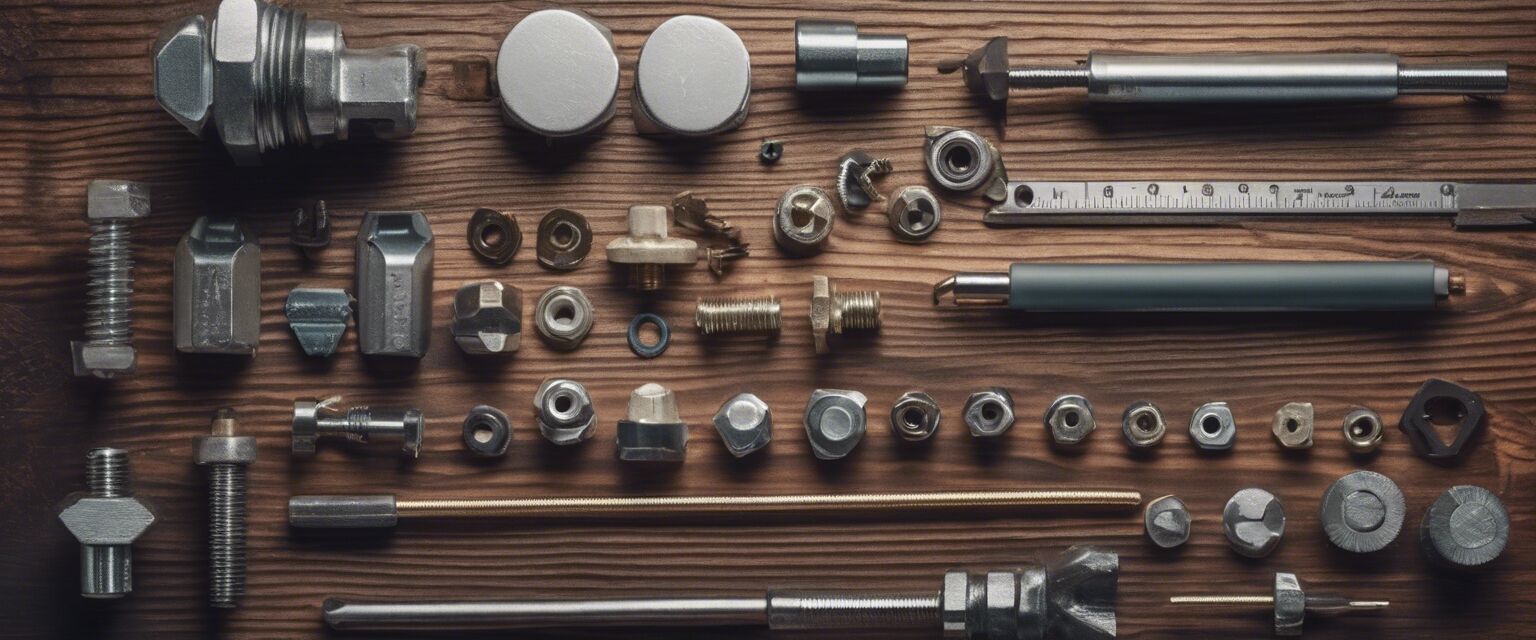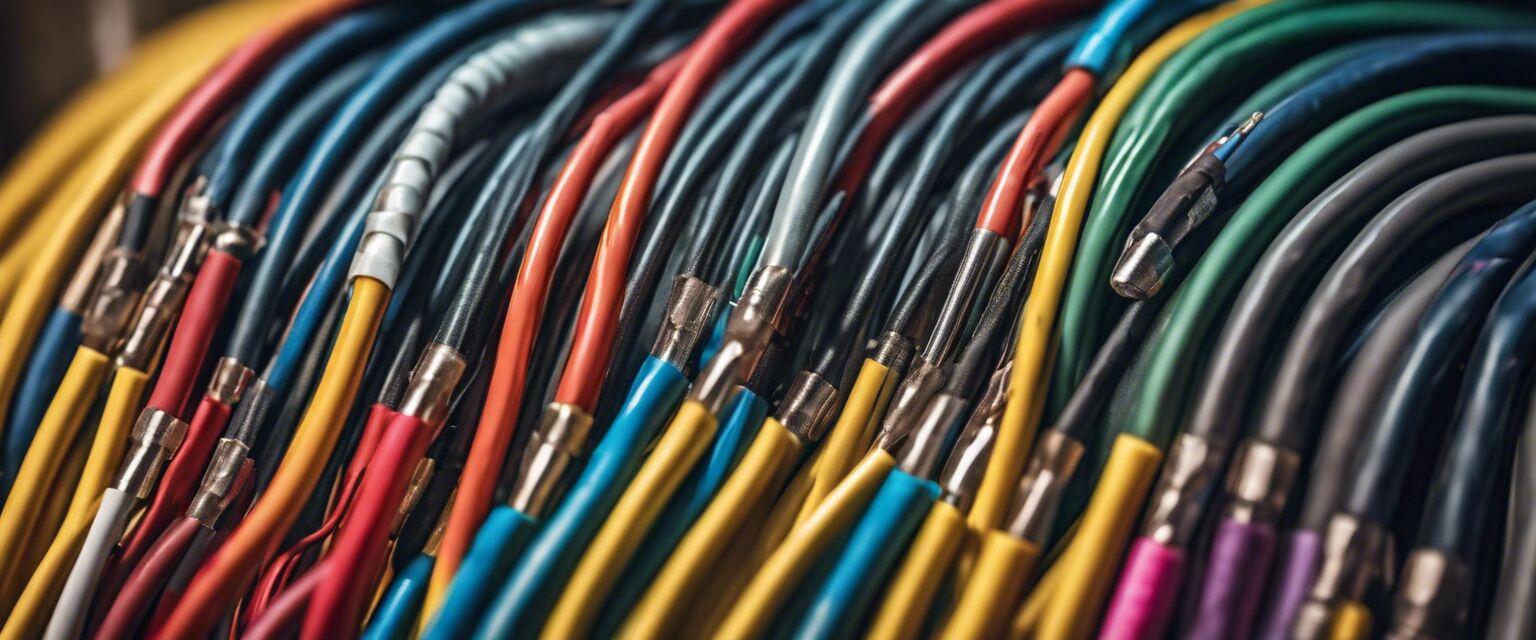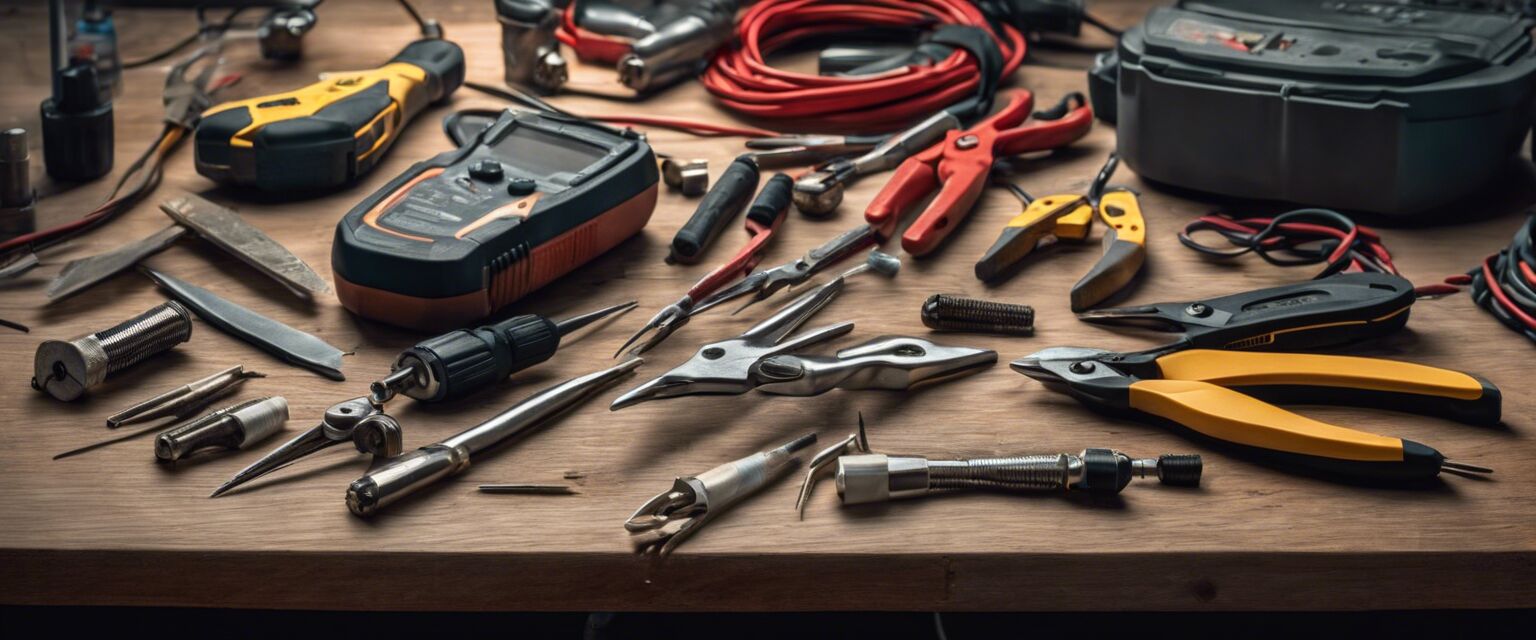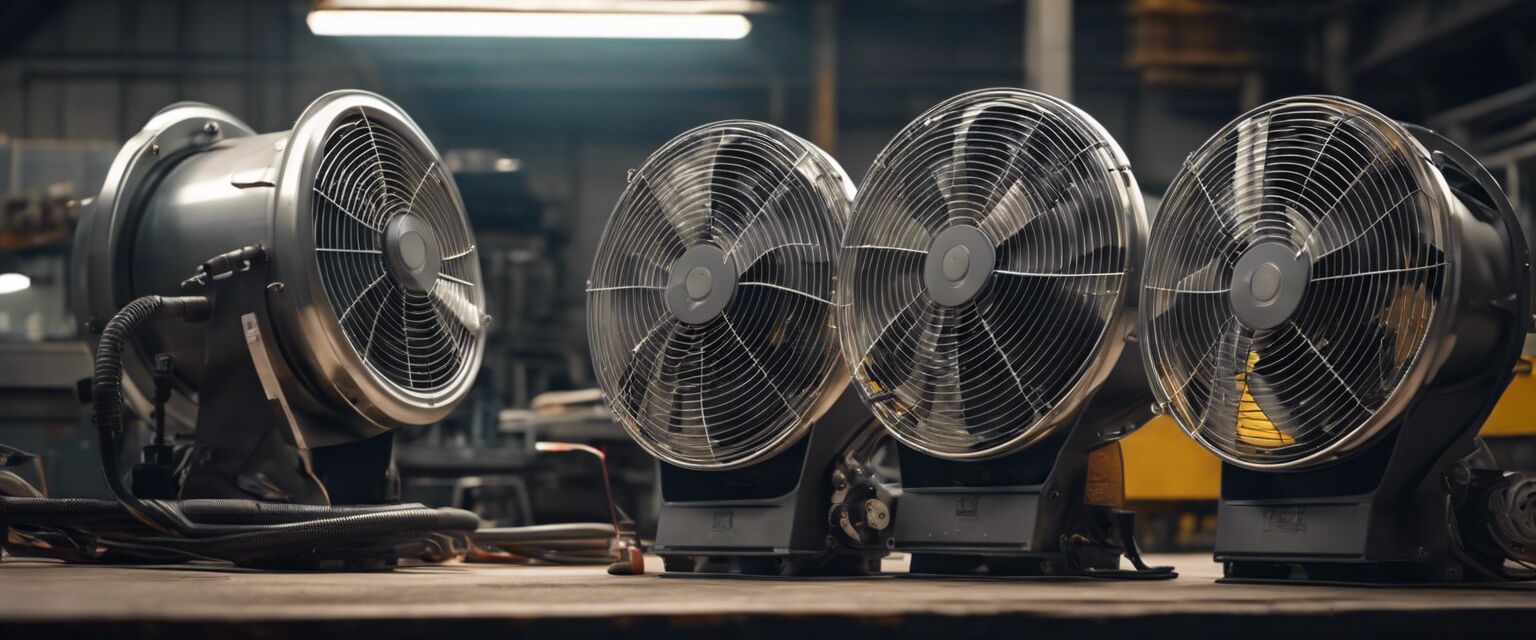
Fans & Exhaust: A Comprehensive Guide
Fans and exhaust systems are essential components in various industries, including electrical, mechanical, and construction. They play a crucial role in maintaining a safe and healthy work environment by providing ventilation and reducing heat buildup. In this article, we will explore the different types of fans and exhaust systems, their applications, and installation guides.
Key Takeaways
- Fans and exhaust systems are used in various industries to provide ventilation and reduce heat buildup.
- There are different types of fans, including axial, centrifugal, and cross-flow fans.
- Exhaust systems can be categorized into two main types: local exhaust ventilation and general ventilation.
- Proper installation and maintenance of fans and exhaust systems are crucial for their effectiveness and safety.
Types of Fans
Fans come in various shapes, sizes, and designs, each with its unique characteristics and applications. Here are some of the most common types of fans:
| Type of Fan | Description | Applications |
|---|---|---|
| Axial Fans | Axial fans are the most common type of fan, characterized by their axial airflow direction. | Computer cooling systems, air conditioning units, and ventilation systems. |
| Centrifugal Fans | Centrifugal fans use centrifugal force to increase the velocity of the air, making them more efficient. | Industrial applications, such as dust collection systems and air pollution control systems. |
| Cross-Flow Fans | Cross-flow fans use a unique design to create a uniform airflow, making them suitable for compact spaces. | Electronic devices, such as TVs and computers, and small ventilation systems. |

Types of Exhaust Systems
Exhaust systems are categorized into two main types: local exhaust ventilation and general ventilation.
| Type of Exhaust System | Description | Applications |
|---|---|---|
| Local Exhaust Ventilation | Local exhaust ventilation systems capture and remove contaminants at the source, reducing exposure to hazardous substances. | Industrial applications, such as welding and cutting operations, and laboratory settings. |
| General Ventilation | General ventilation systems provide a general flow of air throughout a building or space, reducing heat buildup and improving air quality. | Commercial and residential buildings, such as offices, schools, and homes. |

Installation Guides
Proper installation and maintenance of fans and exhaust systems are crucial for their effectiveness and safety. Here are some general installation guides:
- Ensure proper sizing and selection of fans and exhaust systems based on the specific application and environment.
- Follow the manufacturer's instructions for installation, operation, and maintenance.
- Regularly inspect and clean fans and exhaust systems to ensure optimal performance and prevent dust buildup.
- Ensure proper electrical connections and wiring to prevent electrical hazards.

Conclusion
Fans and exhaust systems play a vital role in maintaining a safe and healthy work environment. By understanding the different types of fans and exhaust systems, their applications, and installation guides, you can ensure the effective and safe operation of these systems.
Benefits of Fans and Exhaust Systems
- Improve air quality and reduce heat buildup
- Enhance worker safety and health
- Increase productivity and efficiency
- Reduce risk of electrical hazards and fires
Challenges and Considerations
- Requires proper installation and maintenance
- Can be noisy and disrupt work environments
- May require significant upfront investment
- Can be affected by dust and debris buildup
For more information on electrician supplies, including fans and exhaust systems, visit our Industrial Lighting Solutions page. You can also explore our range of Tools and Accessory Kits to find the right tools for your job.
Remember to always follow safety guidelines and best practices when working with fans and exhaust systems. If you have any questions or concerns, feel free to reach out to our team of experts.
